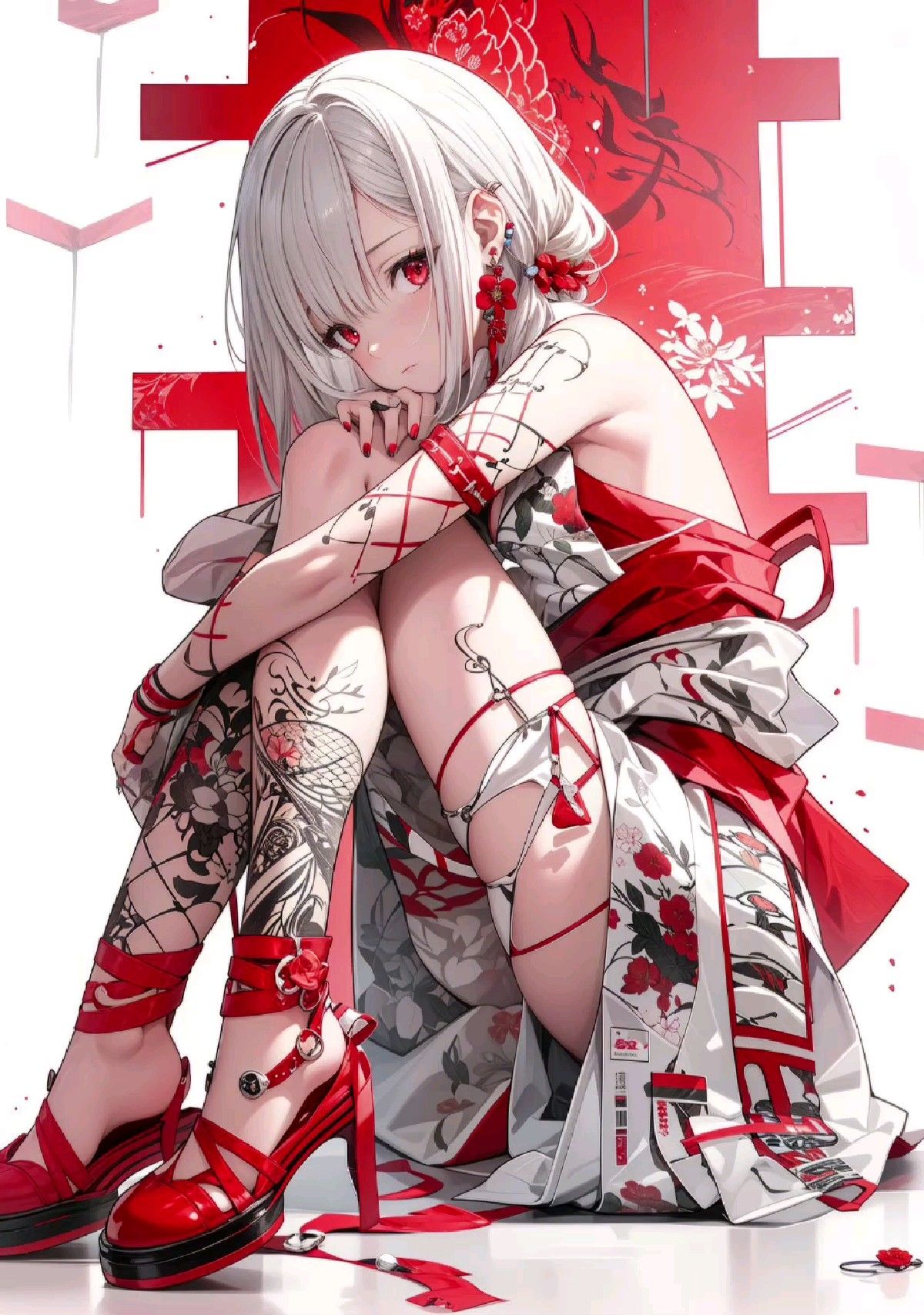什么是bloom效果 bloom:这种特效可以模拟真实摄像机的一种图像效果,可以让画面较亮的区域扩散到周围的区域,造成朦胧的效果
实现原理:根据阈值提取图像中的较亮区域,存储在一张渲染纹理中,再利用高斯模糊对这张渲染纹理进行模糊处理,模拟光线扩散的效果,最后和原图叠加。
脚本 1 2 3 4 5 6 7 8 9 10 11 12 13 14 15 16 17 18 19 20 21 22 23 24 25 26 27 28 29 30 31 32 33 34 35 36 37 38 39 40 41 42 43 44 45 46 47 48 49 50 51 52 53 54 55 56 57 58 59 60 61 62 63 64 65 66 67 68 69 70 using UnityEngine;using System.Collections;public class Bloom : PostEffectsBase { public Shader bloomShader; private Material bloomMaterial = null ; public Material material { get { bloomMaterial = CheckShaderAndCreateMaterial(bloomShader, bloomMaterial); return bloomMaterial; } } [Range(0, 4) ] public int iterations = 3 ; [Range(0.2f, 3.0f) ] public float blurSpread = 0.6f ; [Range(1, 8) ] public int downSample = 2 ; [Range(0.0f, 4.0f) ] public float luminanceThreshold = 0.6f ; void OnRenderImage (RenderTexture src, RenderTexture dest ) if (material != null ) { material.SetFloat("_LuminanceThreshold" , luminanceThreshold); int rtW = src.width/downSample; int rtH = src.height/downSample; RenderTexture buffer0 = RenderTexture.GetTemporary(rtW, rtH, 0 ); buffer0.filterMode = FilterMode.Bilinear; Graphics.Blit(src, buffer0, material, 0 ); for (int i = 0 ; i < iterations; i++) { material.SetFloat("_BlurSize" , 1.0f + i * blurSpread); RenderTexture buffer1 = RenderTexture.GetTemporary(rtW, rtH, 0 ); Graphics.Blit(buffer0, buffer1, material, 1 ); RenderTexture.ReleaseTemporary(buffer0); buffer0 = buffer1; buffer1 = RenderTexture.GetTemporary(rtW, rtH, 0 ); Graphics.Blit(buffer0, buffer1, material, 2 ); RenderTexture.ReleaseTemporary(buffer0); buffer0 = buffer1; } material.SetTexture ("_Bloom" , buffer0); Graphics.Blit (src, dest, material, 3 ); RenderTexture.ReleaseTemporary(buffer0); } else { Graphics.Blit(src, dest); } } }
shader 1 2 3 4 5 6 7 8 9 10 11 12 13 14 15 16 17 18 19 20 21 22 23 24 25 26 27 28 29 30 31 32 33 34 35 36 37 38 39 40 41 42 43 44 45 46 47 48 49 50 51 52 53 54 55 56 57 58 59 60 61 62 63 64 65 66 67 68 69 70 71 72 73 74 75 76 77 78 79 80 81 82 83 84 85 86 87 88 89 90 91 92 93 94 95 96 97 98 99 Shader "Unity Shaders Book/Chapter 12/Bloom" { Properties { _MainTex ("Base (RGB)" , 2 D) = "white" {} _Bloom ("Bloom (RGB)" , 2 D) = "black" {} _LuminanceThreshold ("Luminance Threshold" , Float) = 0.5 _BlurSize ("Blur Size" , Float) = 1.0 } SubShader { CGINCLUDE #include "UnityCG.cginc" sampler2D _MainTex; half4 _MainTex_TexelSize; sampler2D _Bloom; float _LuminanceThreshold; float _BlurSize; struct v2f { float4 pos : SV_POSITION; half2 uv : TEXCOORD0; }; v2f vertExtractBright (appdata_img v ) { v2f o; o.pos = UnityObjectToClipPos(v.vertex); o.uv = v.texcoord; return o; } fixed luminance (fixed4 color ) return 0.2125 * color.r + 0.7154 * color.g + 0.0721 * color.b; } fixed4 fragExtractBright (v2f i ) : SV_Target { fixed4 c = tex2D(_MainTex, i.uv); fixed val = clamp(luminance(c) - _LuminanceThreshold, 0.0 , 1.0 ); return c * val; } struct v2fBloom { float4 pos : SV_POSITION; half4 uv : TEXCOORD0; }; v2fBloom vertBloom (appdata_img v ) { v2fBloom o; o.pos = UnityObjectToClipPos (v.vertex); o.uv.xy = v.texcoord; o.uv.zw = v.texcoord; #if UNITY_UV_STARTS_AT_TOP if (_MainTex_TexelSize.y < 0.0 ) o.uv.w = 1.0 - o.uv.w; #endif return o; } fixed4 fragBloom (v2fBloom i ) : SV_Target { return tex2D(_MainTex, i.uv.xy) + tex2D(_Bloom, i.uv.zw); } ENDCG ZTest Always Cull Off ZWrite Off Pass { CGPROGRAM #pragma vertex vertExtractBright #pragma fragment fragExtractBright ENDCG } UsePass "Unity Shaders Book/Chapter 12/Gaussian Blur/GAUSSIAN_BLUR_VERTICAL" UsePass "Unity Shaders Book/Chapter 12/Gaussian Blur/GAUSSIAN_BLUR_HORIZONTAL" Pass { CGPROGRAM #pragma vertex vertBloom #pragma fragment fragBloom ENDCG } } FallBack Off }


